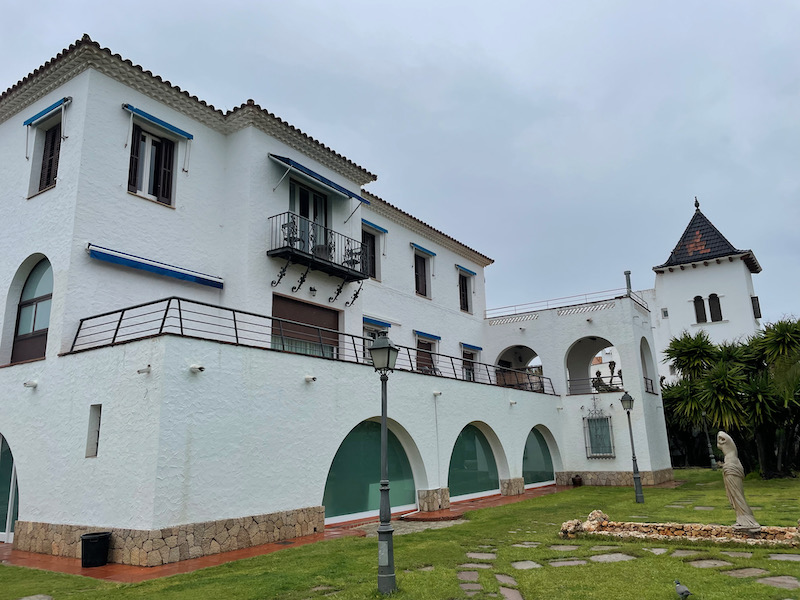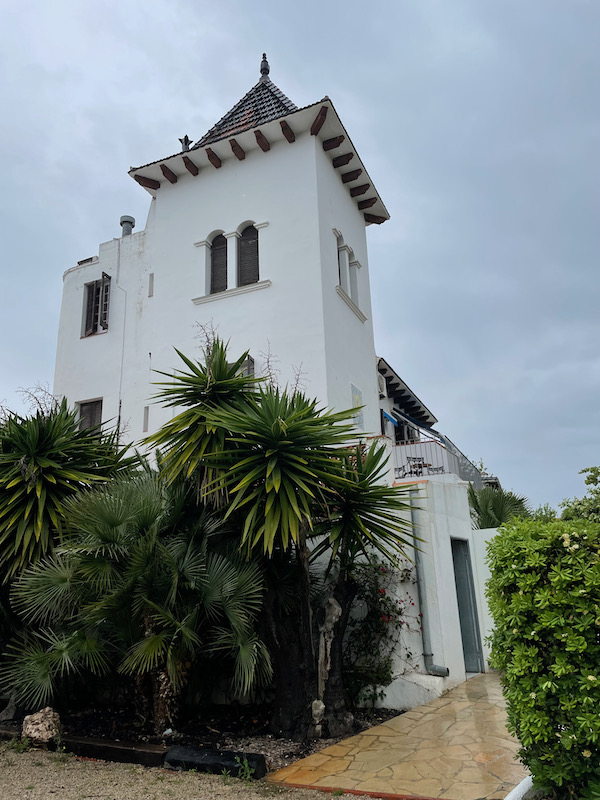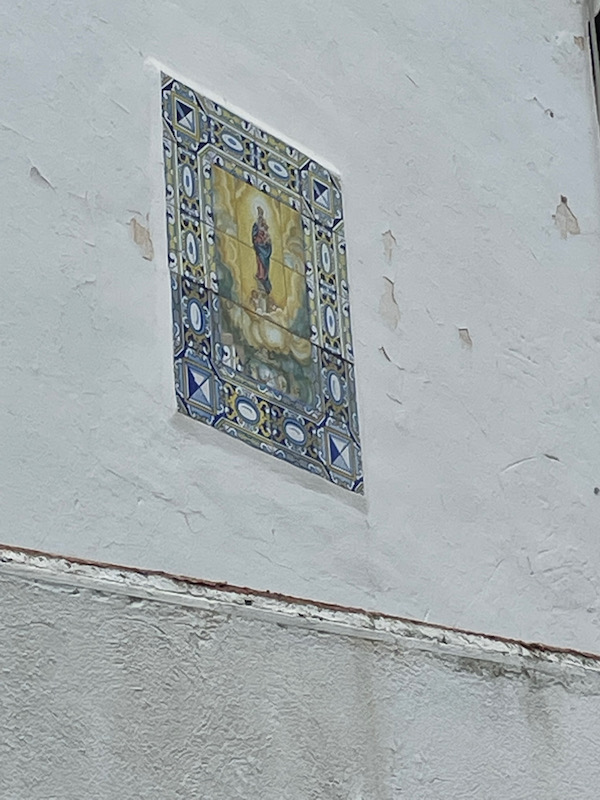Our Blog - Sitges, Spain
After a very rainy drive past Barcelona, we stopped for a night in another sea-side town. Like some of the other towns on the coast, humans have been here since the Neolithic era. During the Middle Ages, a castle was built here and in the 12th century, the town fell under the rule of the Sitges family who held it until 1308. Here is where I find the town history interesting ... Agnes of Sitges "sold" the town to Bernat de Fonollar ... how do you SELL a town?? Anyway, after his death, the town was owned by a charitable institution until 1814.
It is a very international town, with almost 35% of the approximately 26,000 permanent residents from the Netherlands, the UK, France and Scandinavia. As you can imagine, there are several international schools in the area.
It was a wine-producing region until the phylloxera epidemic in the 19th century forced people to look for other sources of income. A set of them went to Cuba and returned with their fortunes, building residences with Cuban architectural elements. By the 1960's, Sitges had become a tourist destination, and today there are more than 4,500 hotel beds, half of them in four-star hotels. It is known for its beaches ... there are 17 sand beaches including 3 nude beaches. It is also considered one of the most LGBT-friendly resort destinations in Spain.
Here you can see the old town behind the beach, and the imposing Església de Sant Bartomeu i Santa Tecla. It is a 17th-century church but has been modified quite a few times. You can tell this just from the different materials (stone, brick, ironwork). Unfortunately, although Google Maps said that the church was open during the day, other comments indicated it was only open during services. Perhaps both are correct but during different times of the year. For us, it was never open, so all we could see was the outside.

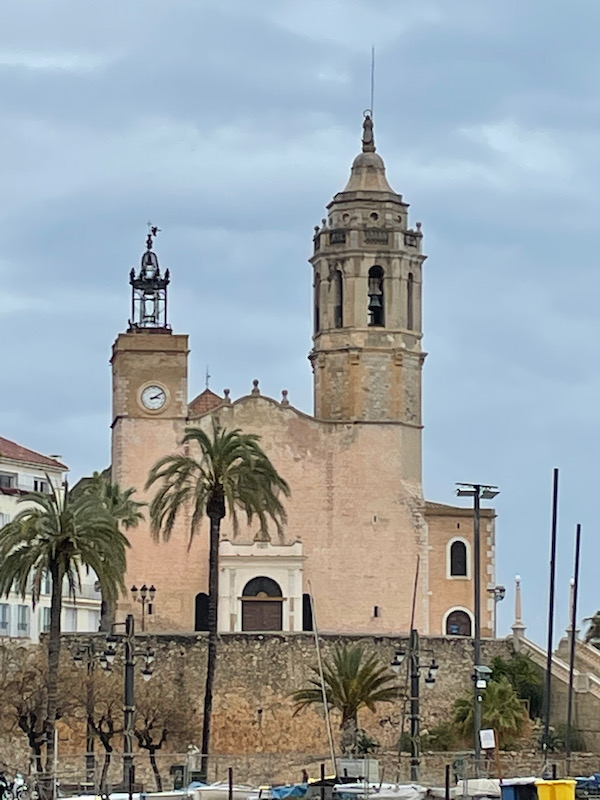
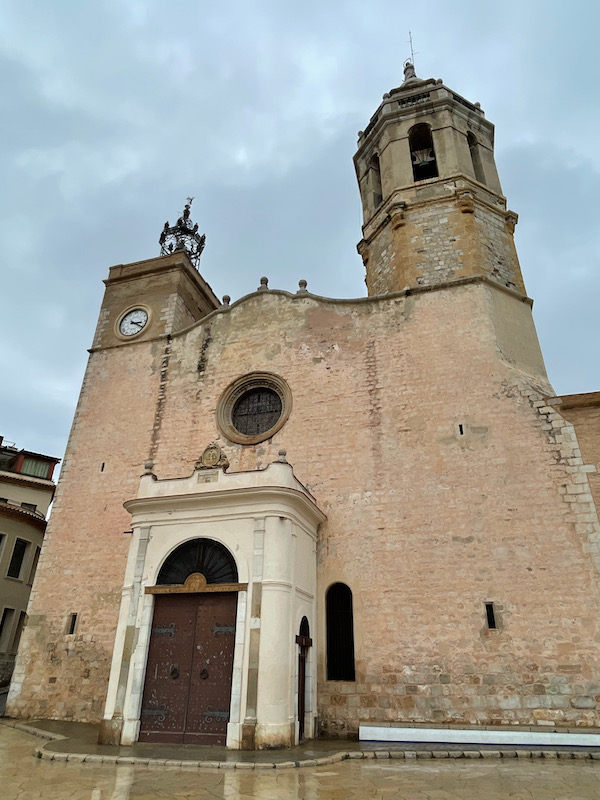
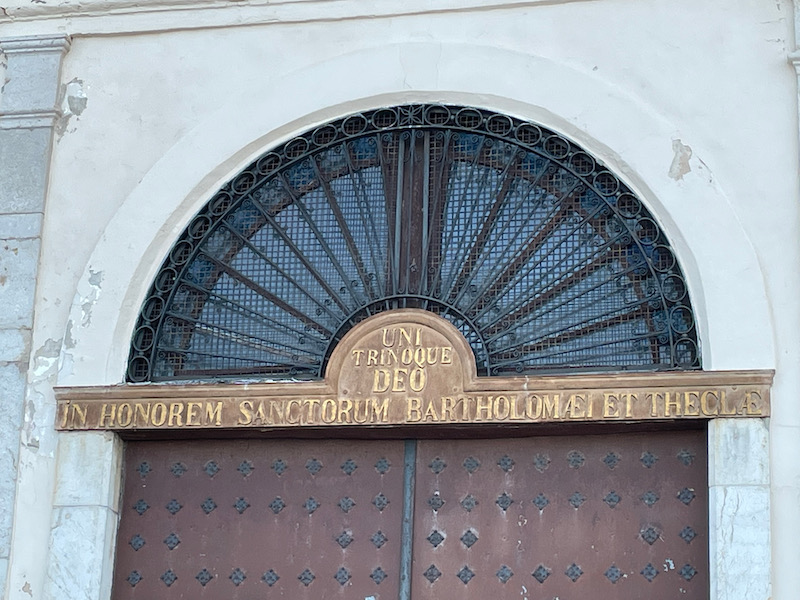

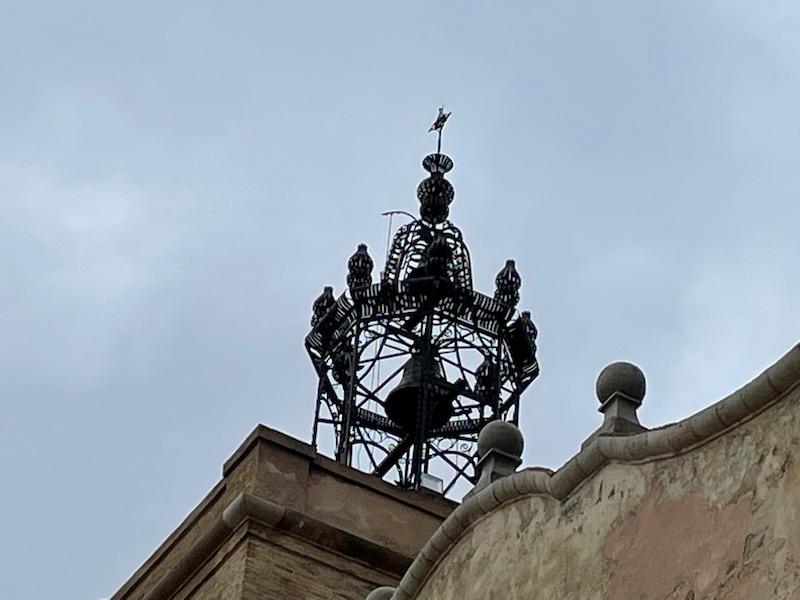
I think I have to give Sitges an award for the nicest light posts that I have seen!
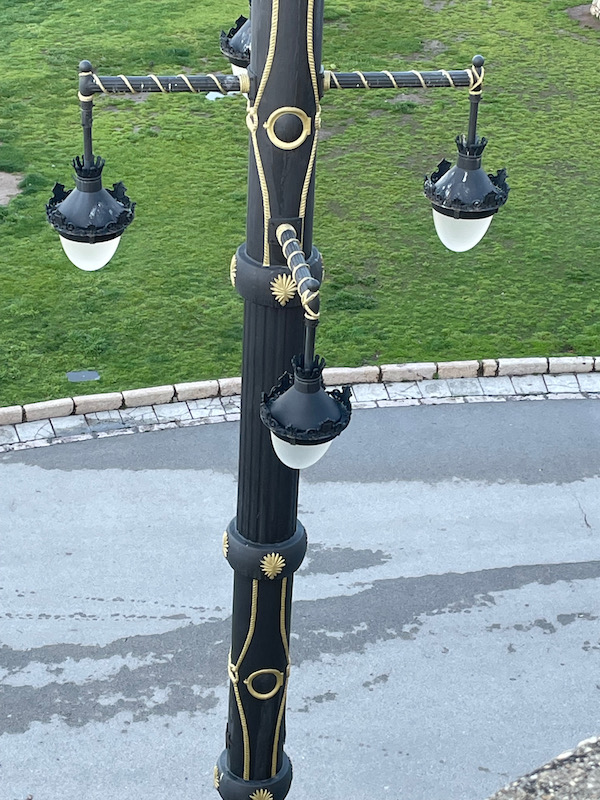
A few pictures of the buildings along the beach, most seem to be either apartments or hotels at this end of the beach. I got quite lucky and ended up with a flying bird in one of the pictures!
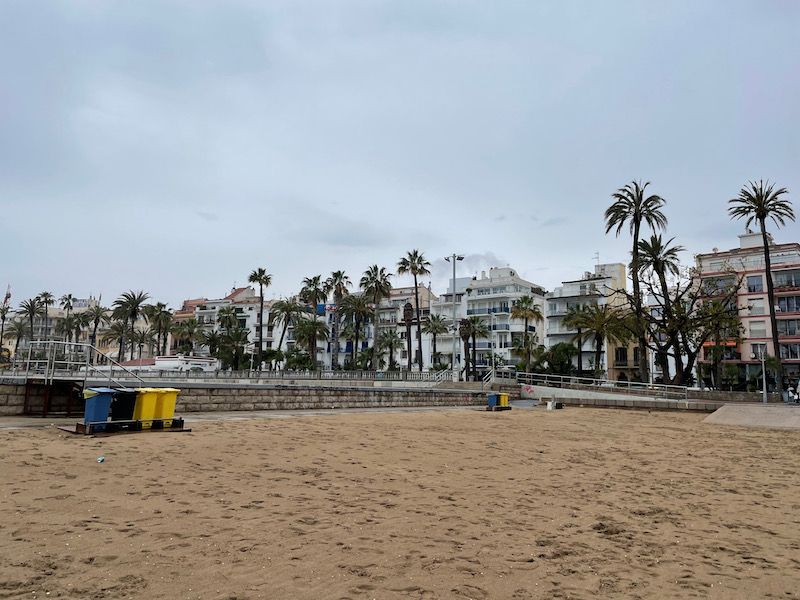
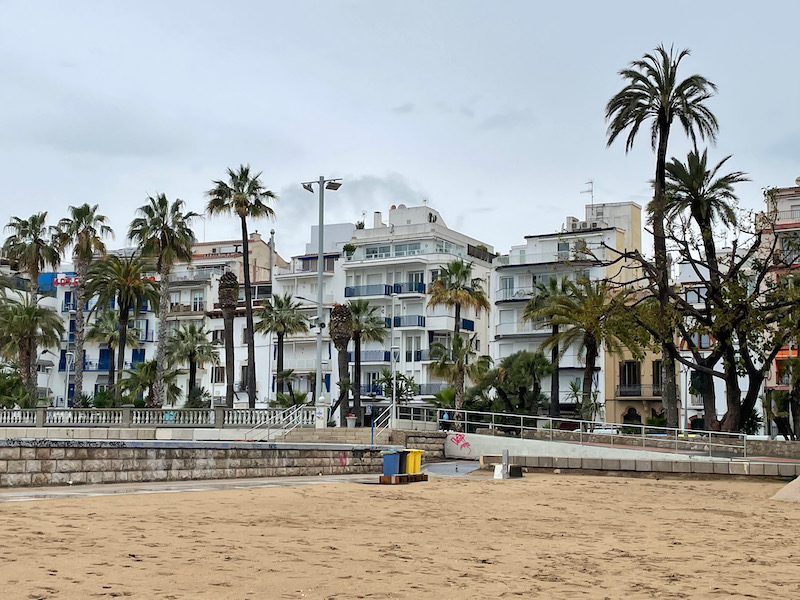
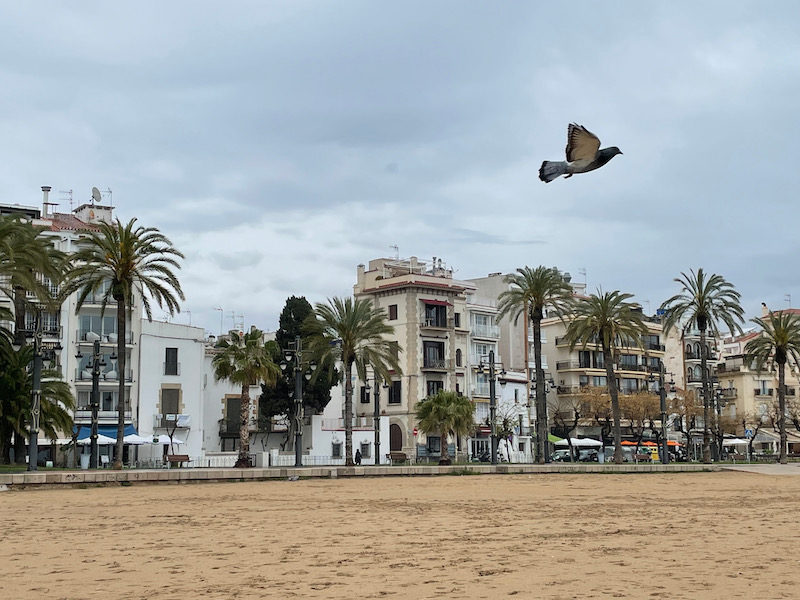
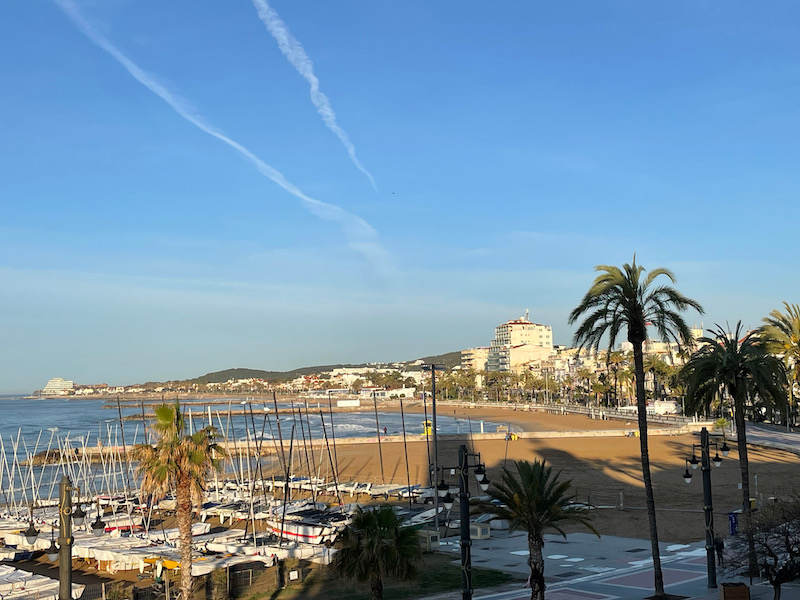
This sculptural set contains 2 life-size statues of the painters Santiago Rusiñol and Ramón Casas and an easel. They were Catalan artists who were part of the modernism movement.
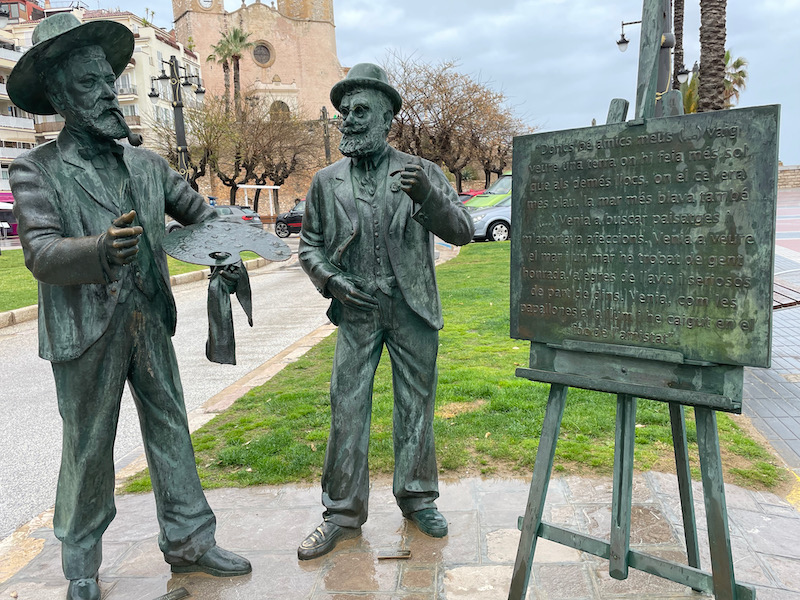
This is one of the 6 cannons of the battery of the Baluard de Sitges. On April 27, 1797, they fought a long battle with two English frigates that wanted to seize four merchant ships anchored on the beach. After a four-hour siege, the English ships had to retreat without achieving their goal.
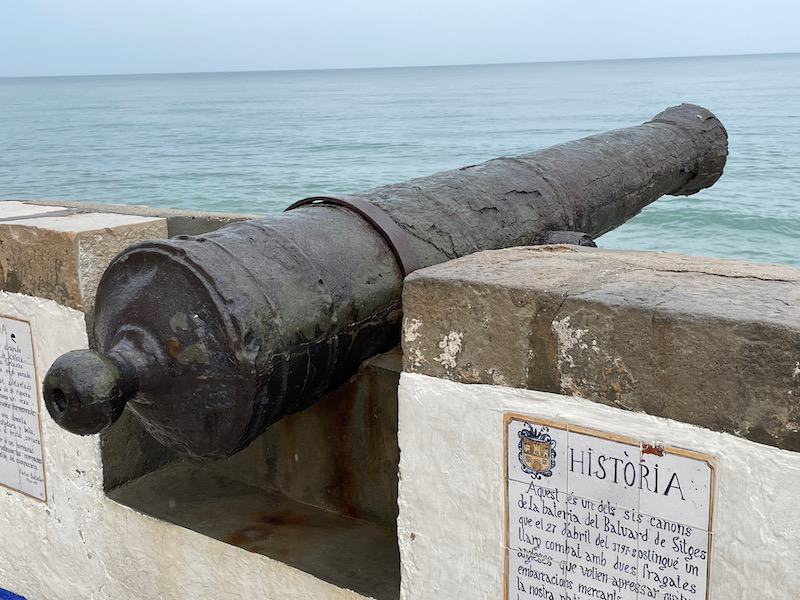
This is the Palace of Maricel, and is a really remarkable building. It was built in 1910 by an American businessman, Charles Deering, upon his retirement. His father had founded an agricultural machinery company that he took over, that would eventually become the International Harvester company. It really has some wonderful architecture and, from what I have read, the interior is amazing. However, we weren't there on the right day to take a tour, so we'll have to plan better next time.
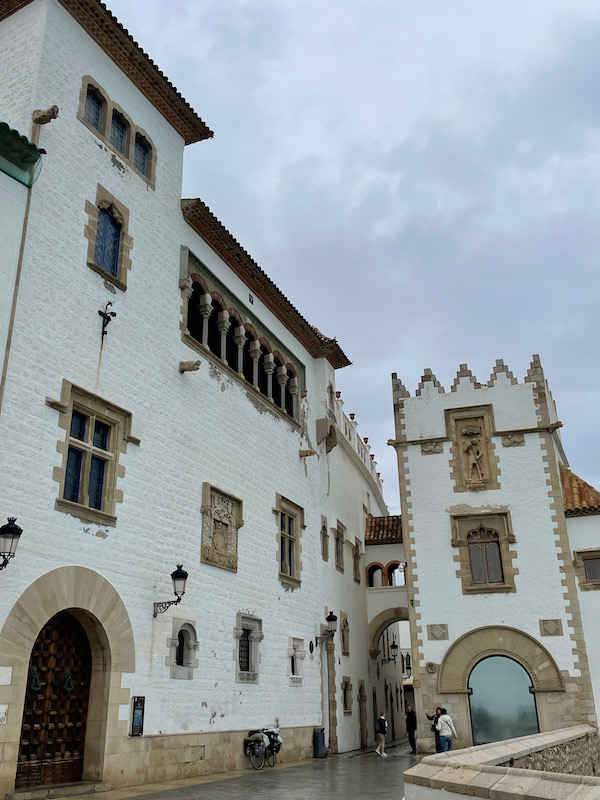
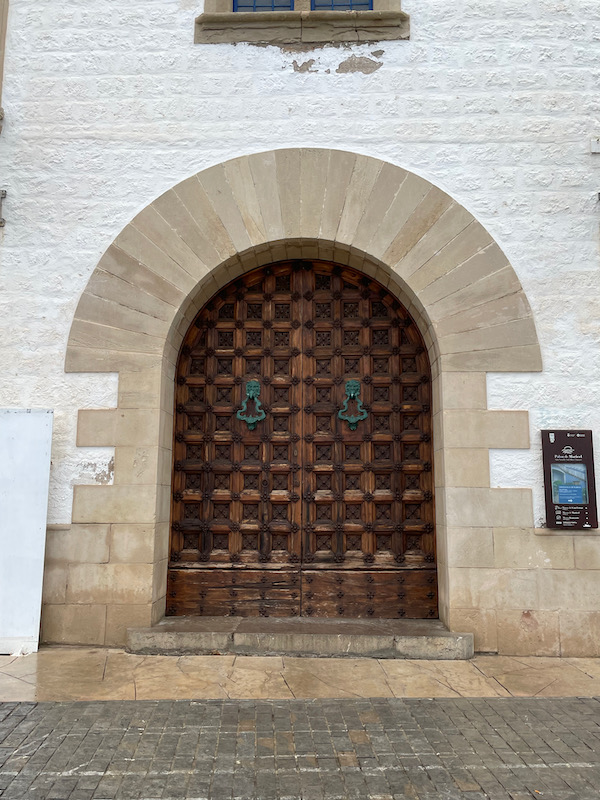
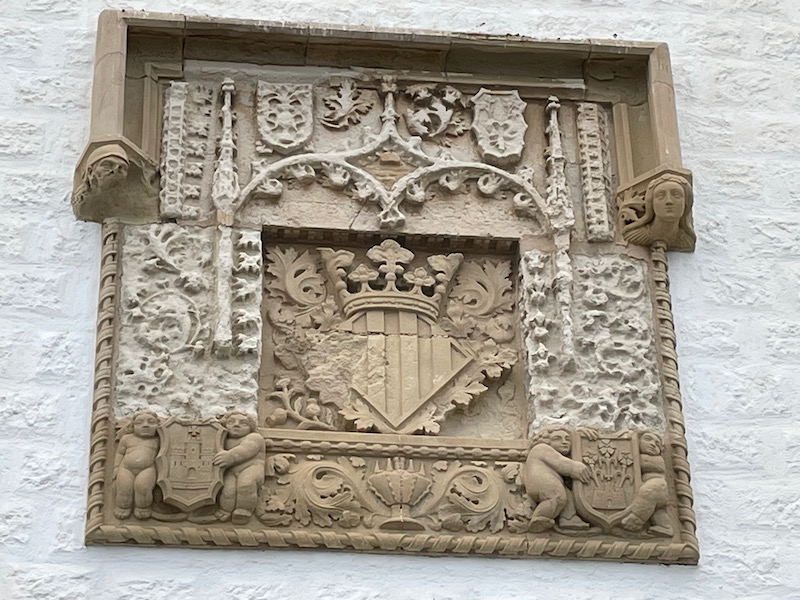
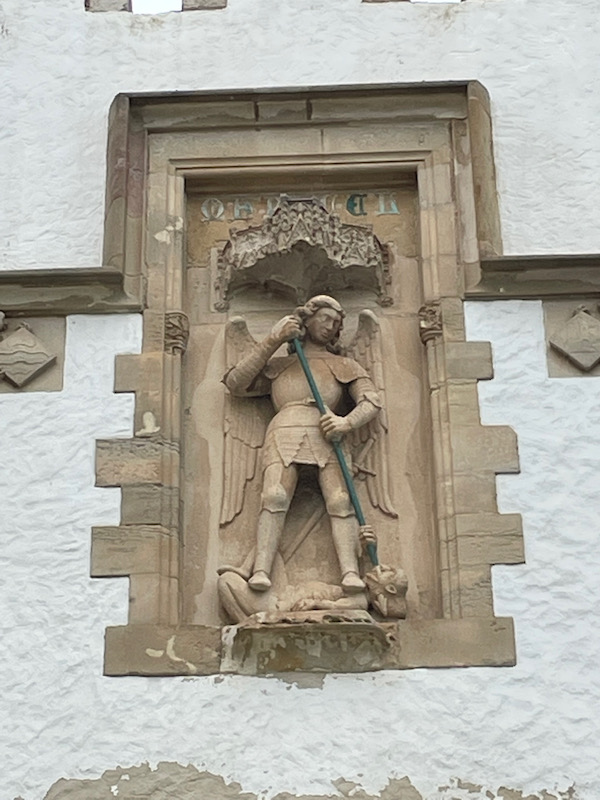
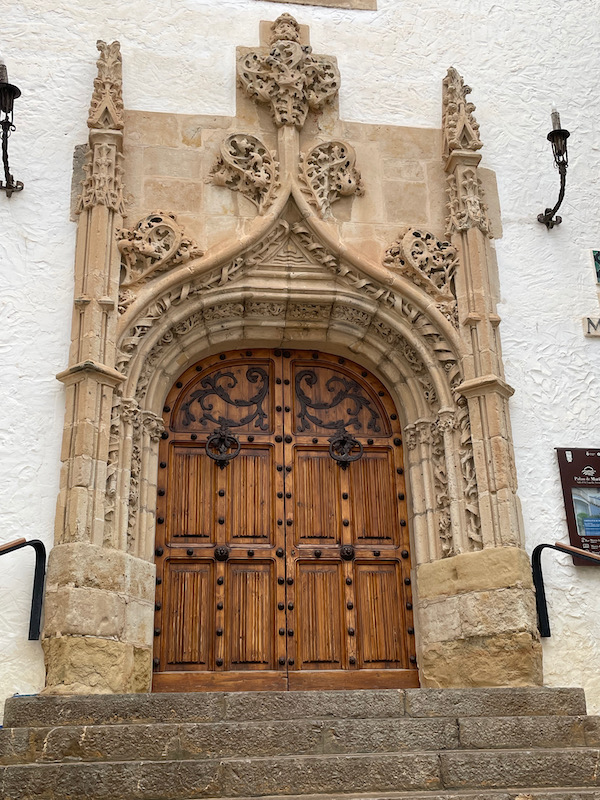
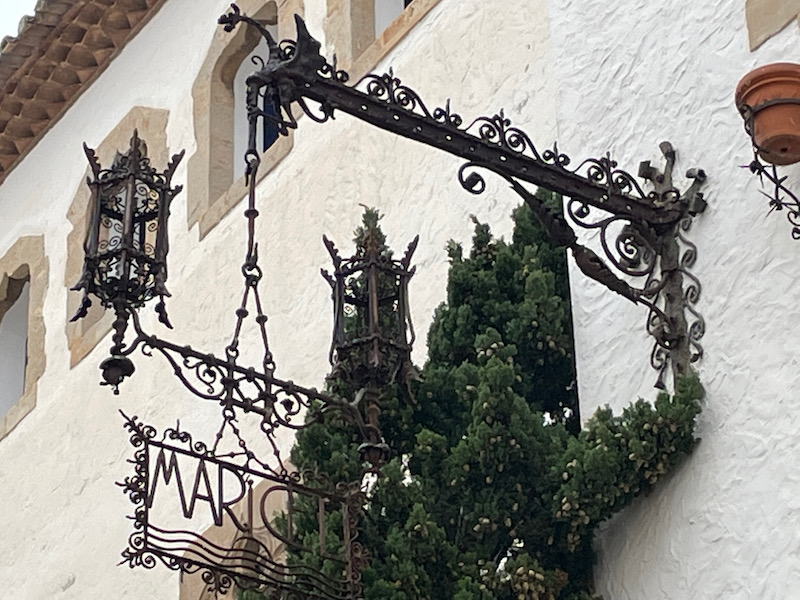
Carrer d’en Bosch is the oldest street in Sitges with a lovely stone house on the corner. A bit further down the street was another nice stone building with interesting Renaissance windows. Then the remains of the old medieval wall with a more recent cannon on top.
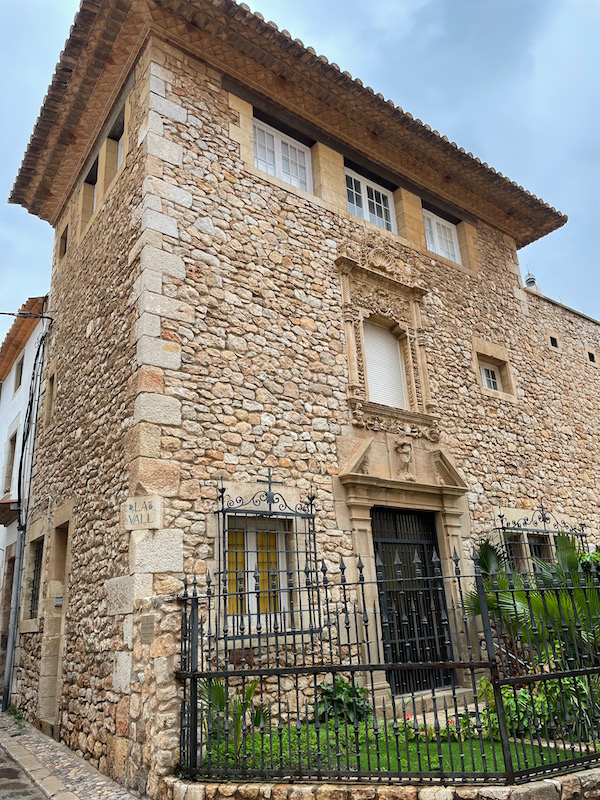
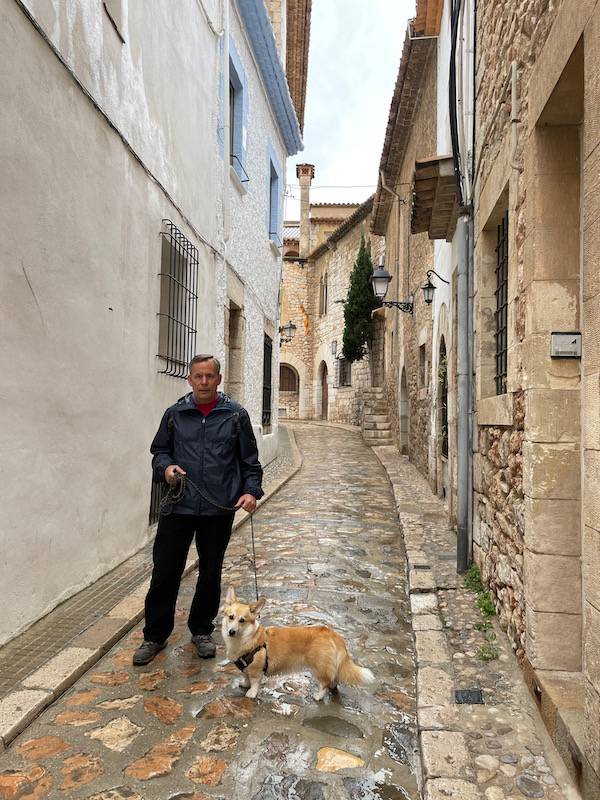
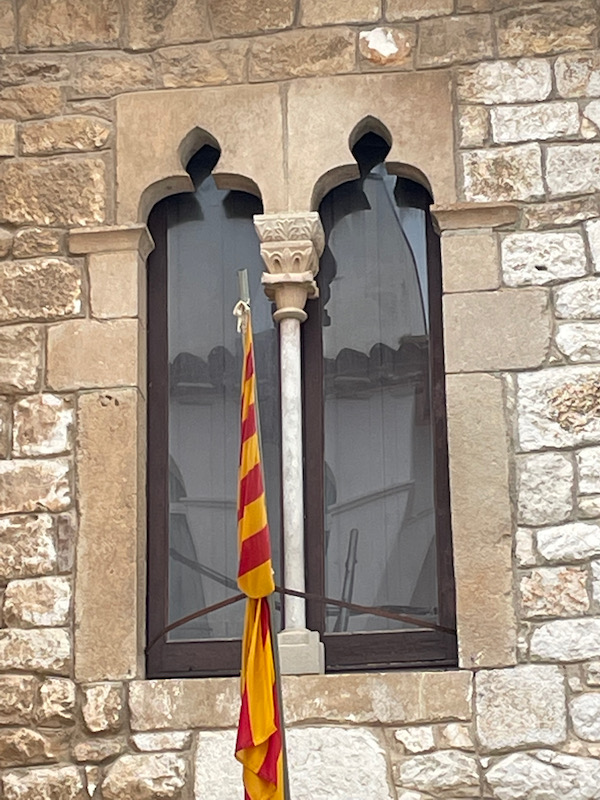
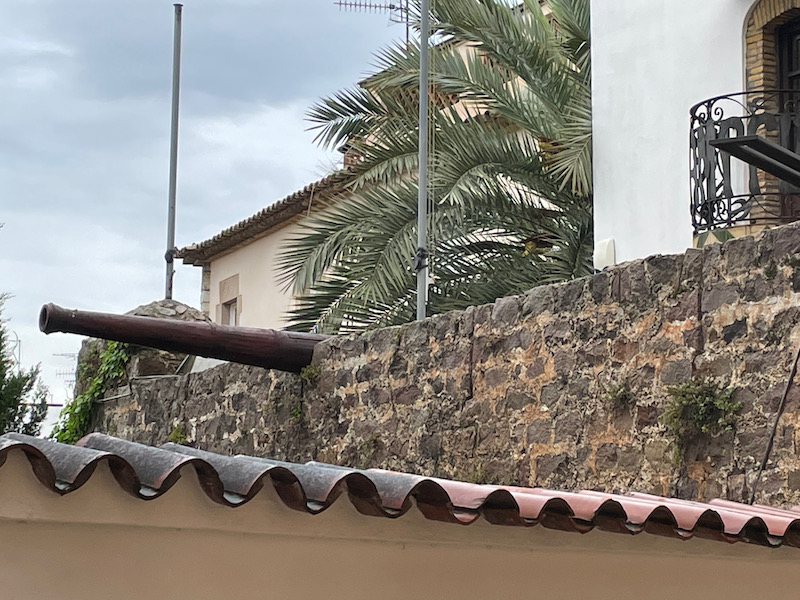
Now I just have a random set of nice houses, most of them on the main road across from the beach. Some have interesting shapes, while others have decorative paintings or mosaics.
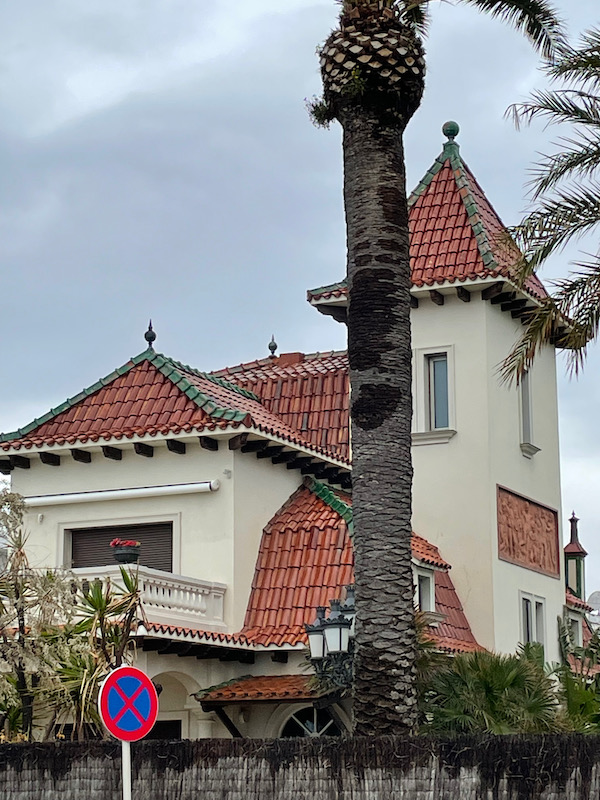
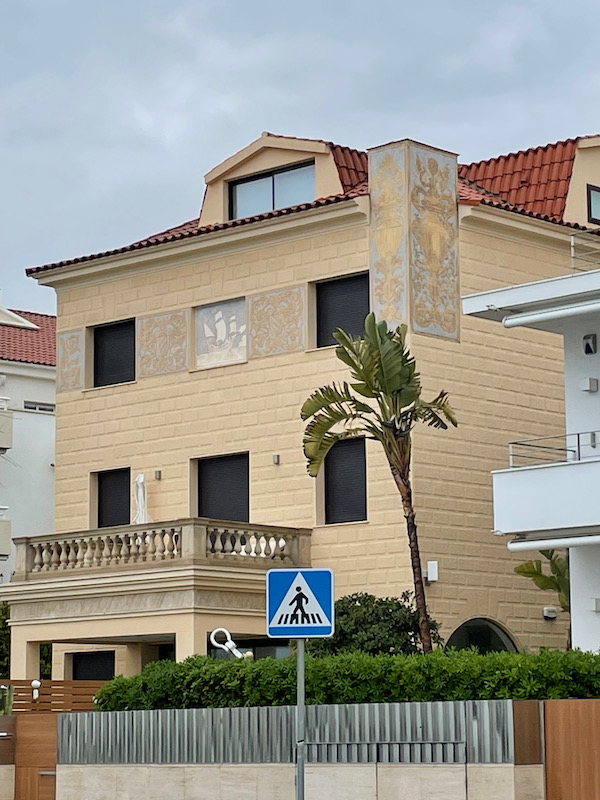
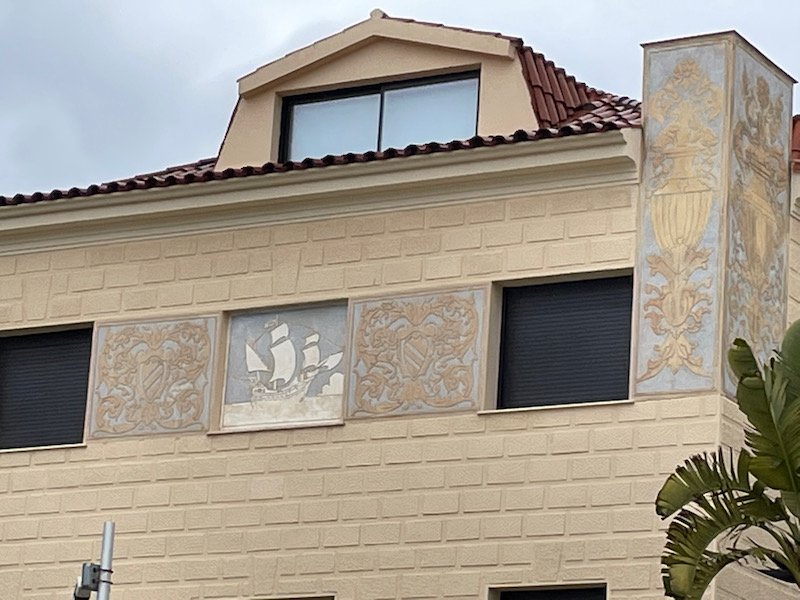
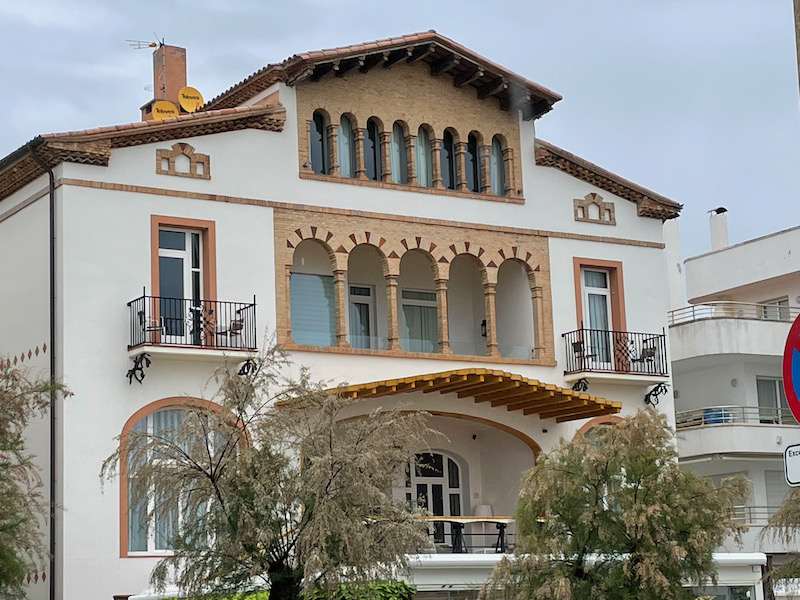
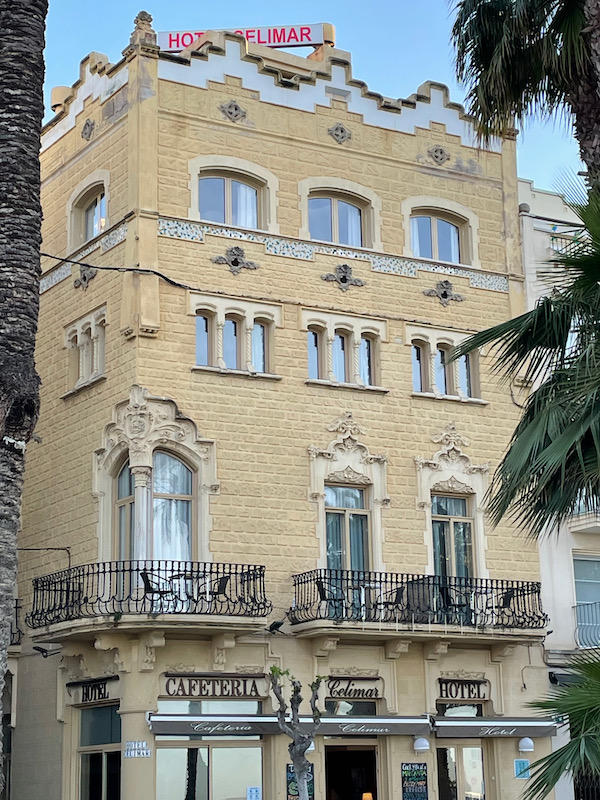
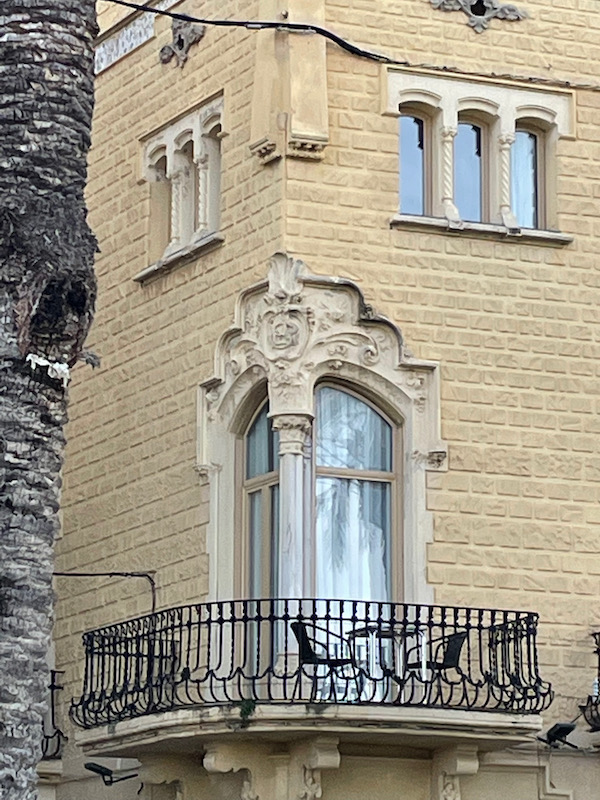
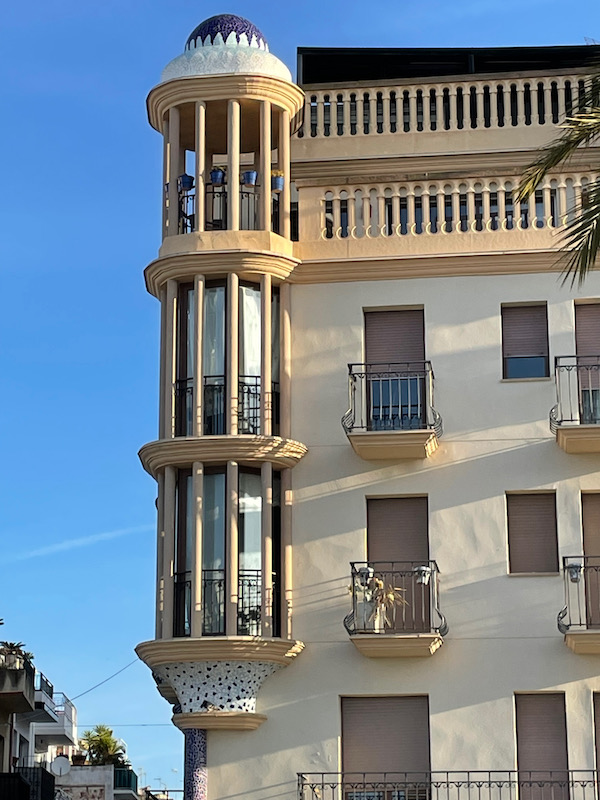
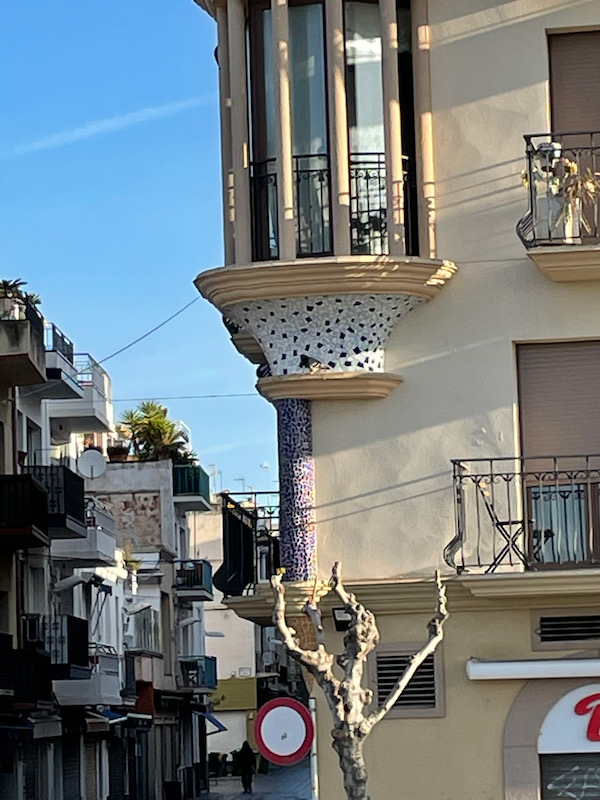
Dinner - anchovies, then iberico ham with "pan con tomate" (bread with tomatoes). Octopus "Galican" style and Cannoli filled with seafood.
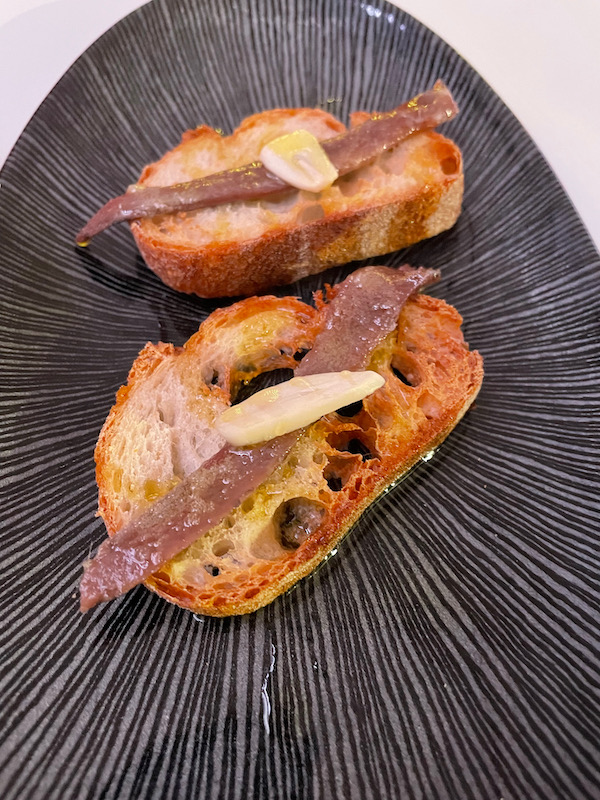
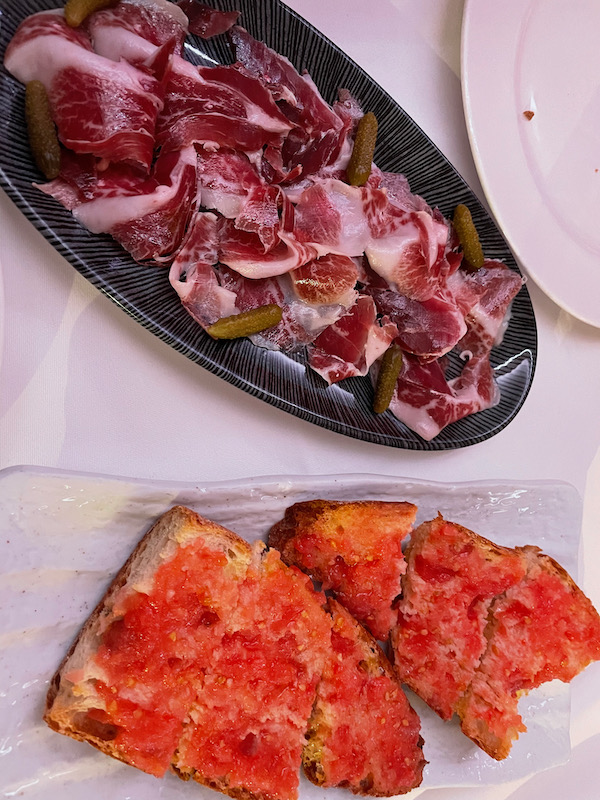
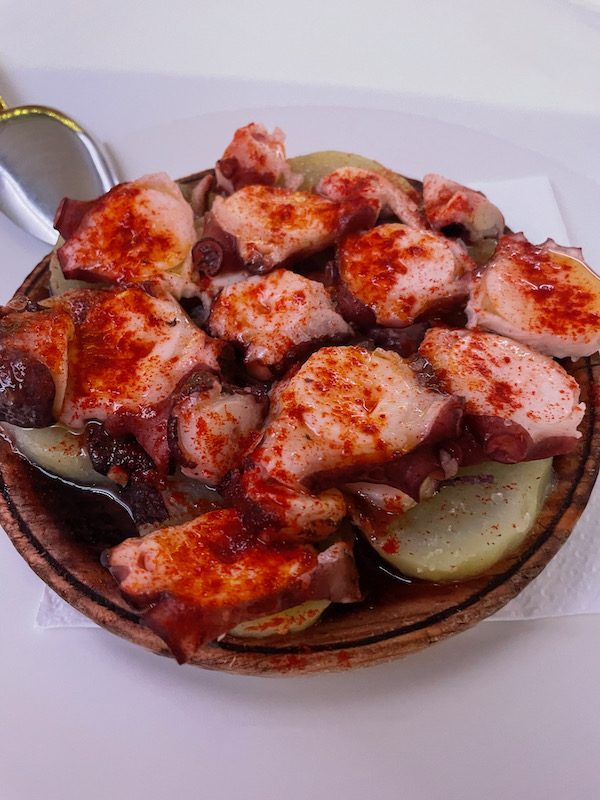
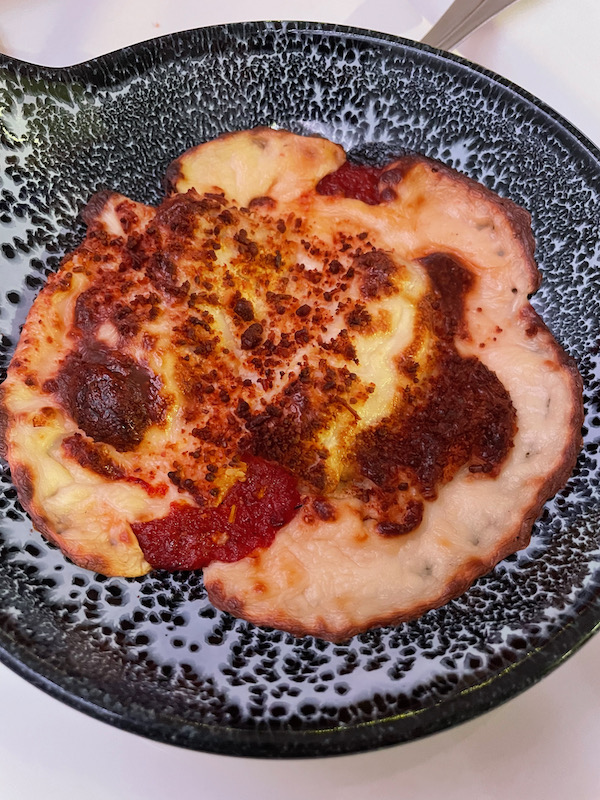
Our hotel was quite interesting as well. It is made up of several different villas and was just a block away from the beach. The rooms were individually decorated so no cookie-cutter room here! It had a huge garden with lots of space for Lucy to explore. We were able to park right outside of the villa where our room was, so that worked out quite nicely.
